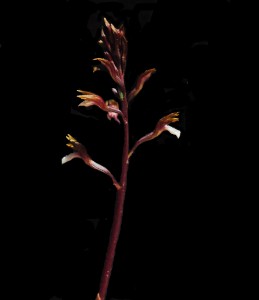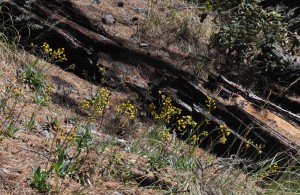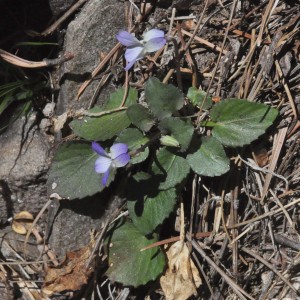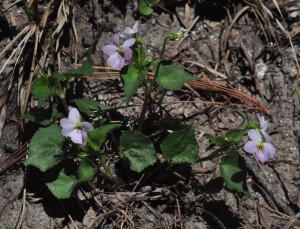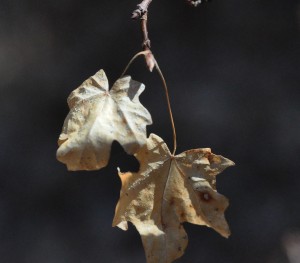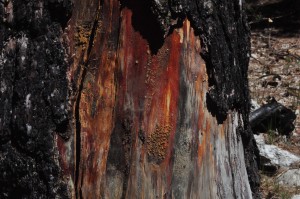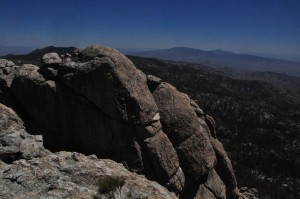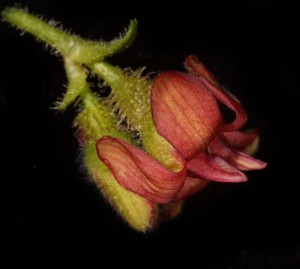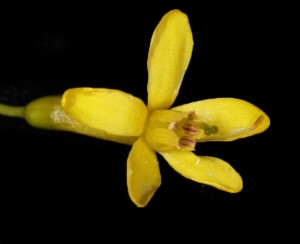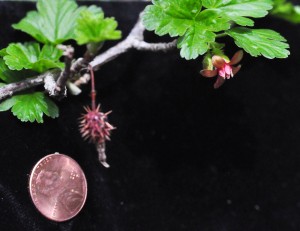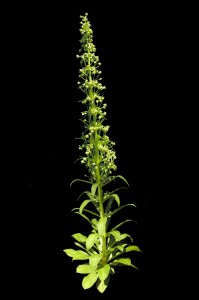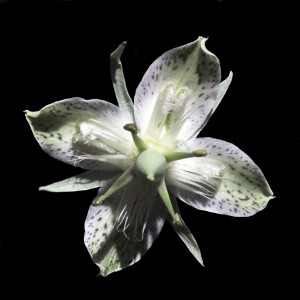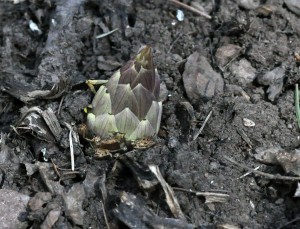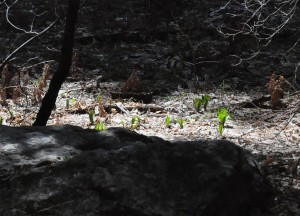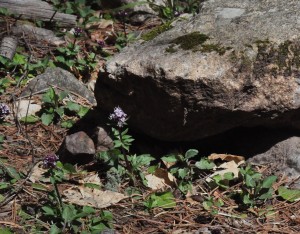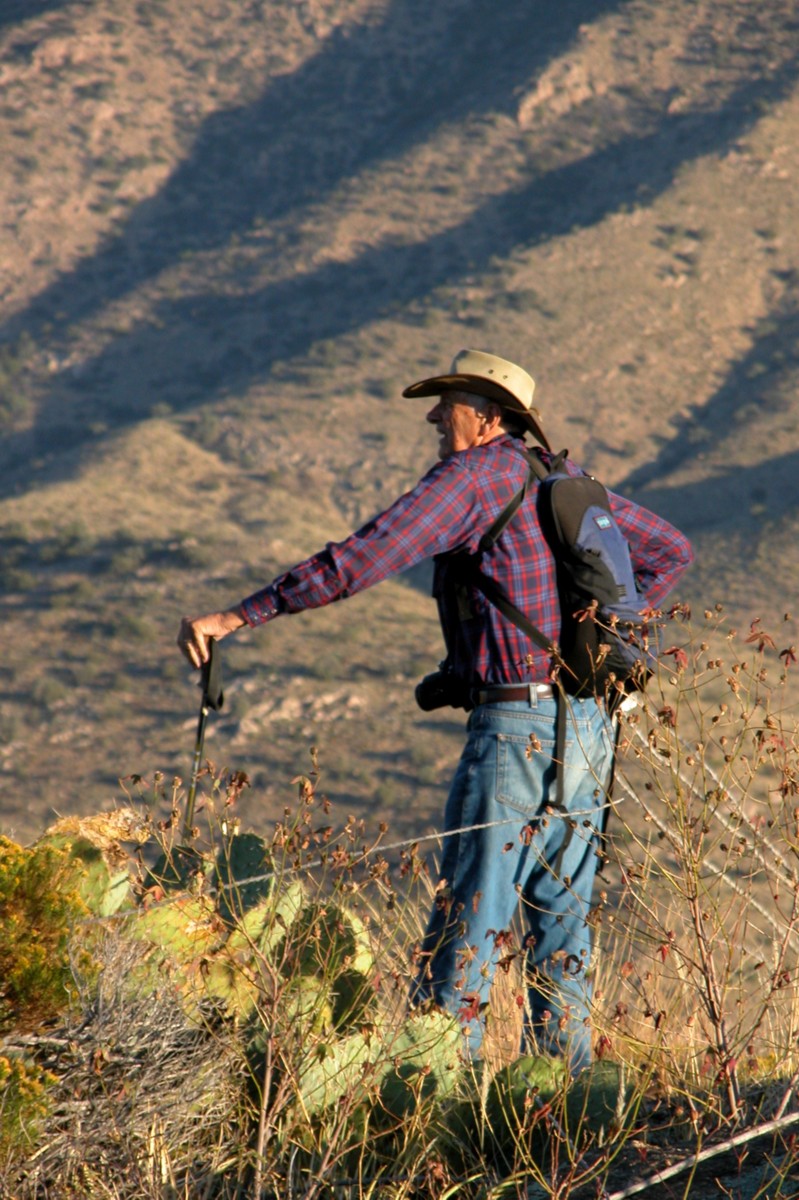Ed and I hiked Marshall Gulch over a week ago. This week his brother, Bob, joined us, and we hiked it again. And what a treat it was! We were able to notice new flower species in bloom, such as Fendler hawkweed (Hieracium fendleri), and Rock jasmine (Androsace septentrionalis) a tiny white flower.
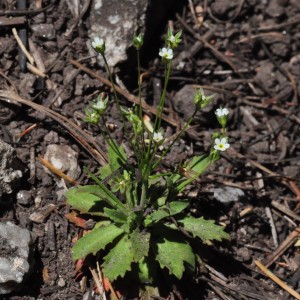
Rock jasmine – about 3 inches high
On the trail we met a young man with a serious back pack. He stopped to chat with us, but how he had time, I do not know, since, if I heard him correctly, he was hiking the Arizona Trail (about 800 miles long from Mexico to Utah), and had gone from the start of the trail at the Mexican Border, to the Catalina mountains in four or five days. That is a distance of about 185 miles. I confess to feeling a little nostalgic. The trail beckons to me, but I certainly could not stand his pace (about 40 miles a day.) Wow!
We were happy to show Bob the Spring coral root (Corallorhiza wisteriana). This time I was able to get a fairly good photograph. This is the earliest of the mountain orchids.
Spring coral root with red stems and a white lip
I also saw the mostly bare branches of Poison ivy (Toxicodendron radicans), with last year’s fruit still on. I wonder why no one has eaten them. Hmm.
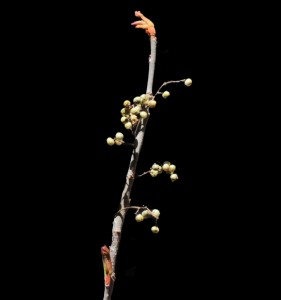
Poison ivy fruit
On our little piece of land in Tucson we like to let nature do the planting. Most of the flowers and shrubs on the property just showed up on their own. They call them “volunteers”. This includes the Brittlebush (Encelia farinosa), a perennial shrub that has masses of beautiful yellow flowers. At the back of our property there is a fence, and over the fence a piece of land sloping down to the alley. Most years I ignore this, and it just becomes a wilderness of weeds. A few years ago I got the bright idea of planting Brittlebush in the alley. It can grow quite large, and effectively eliminates weeds. So I transplanted a few seedlings that had “volunteered” in the front of our house. They did not take. A year later I tried again. Again they did not take.
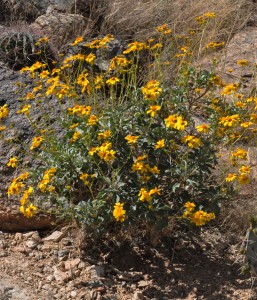
Brittlebush
This year I adopted a new plan. They have just finished blooming, so I harvested the seeds from the many brittlebush plants on the property. I put them in a plastic bag and waited for rain. The forecast said there was a 20%chance of rain today, so I cleared the slope, scattered the seeds and raked them in. We will see if any of them germinate. My wife thinks I may have overdone it this time. Who needs a million brittlebush plants in their back yard?

